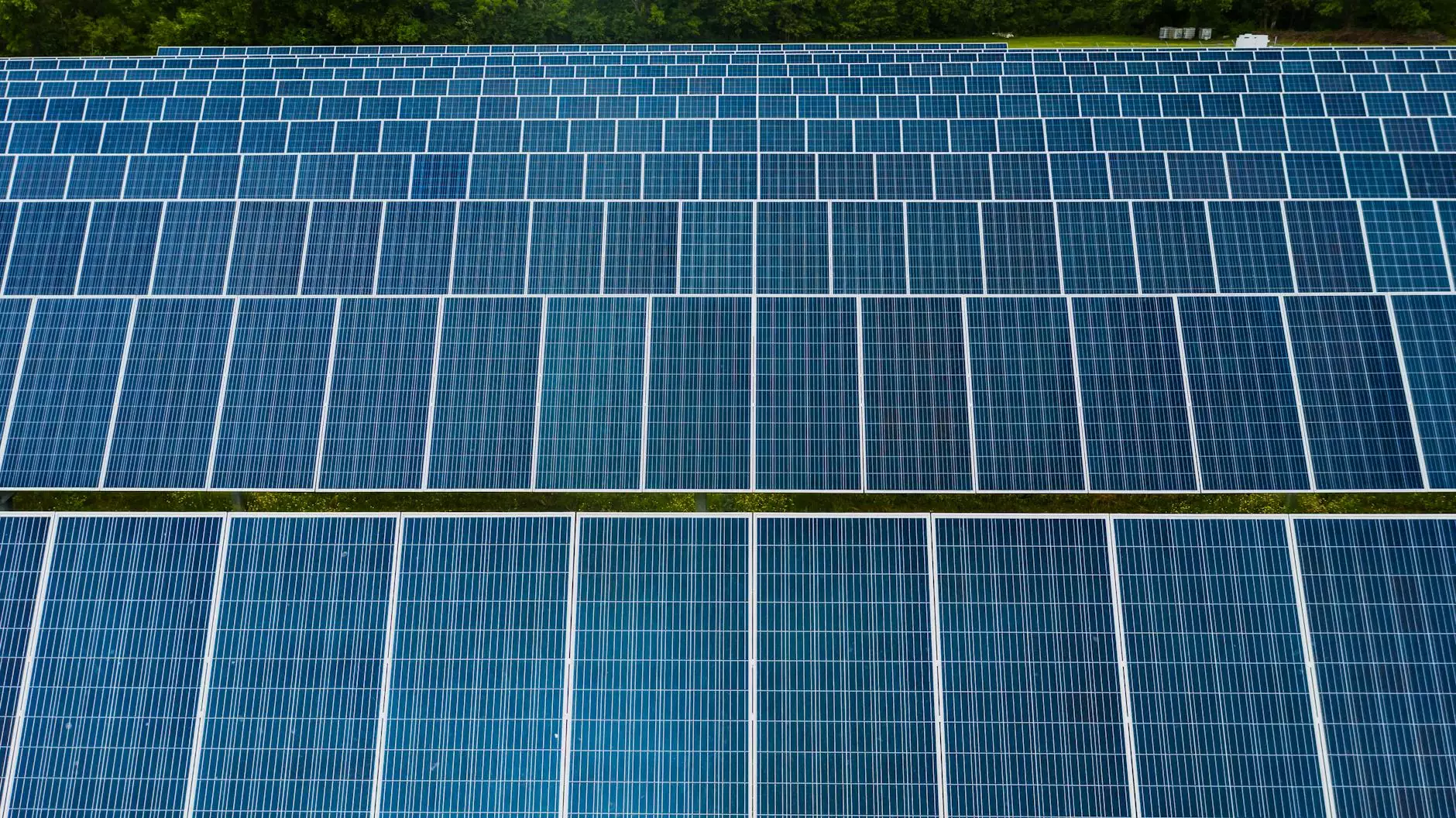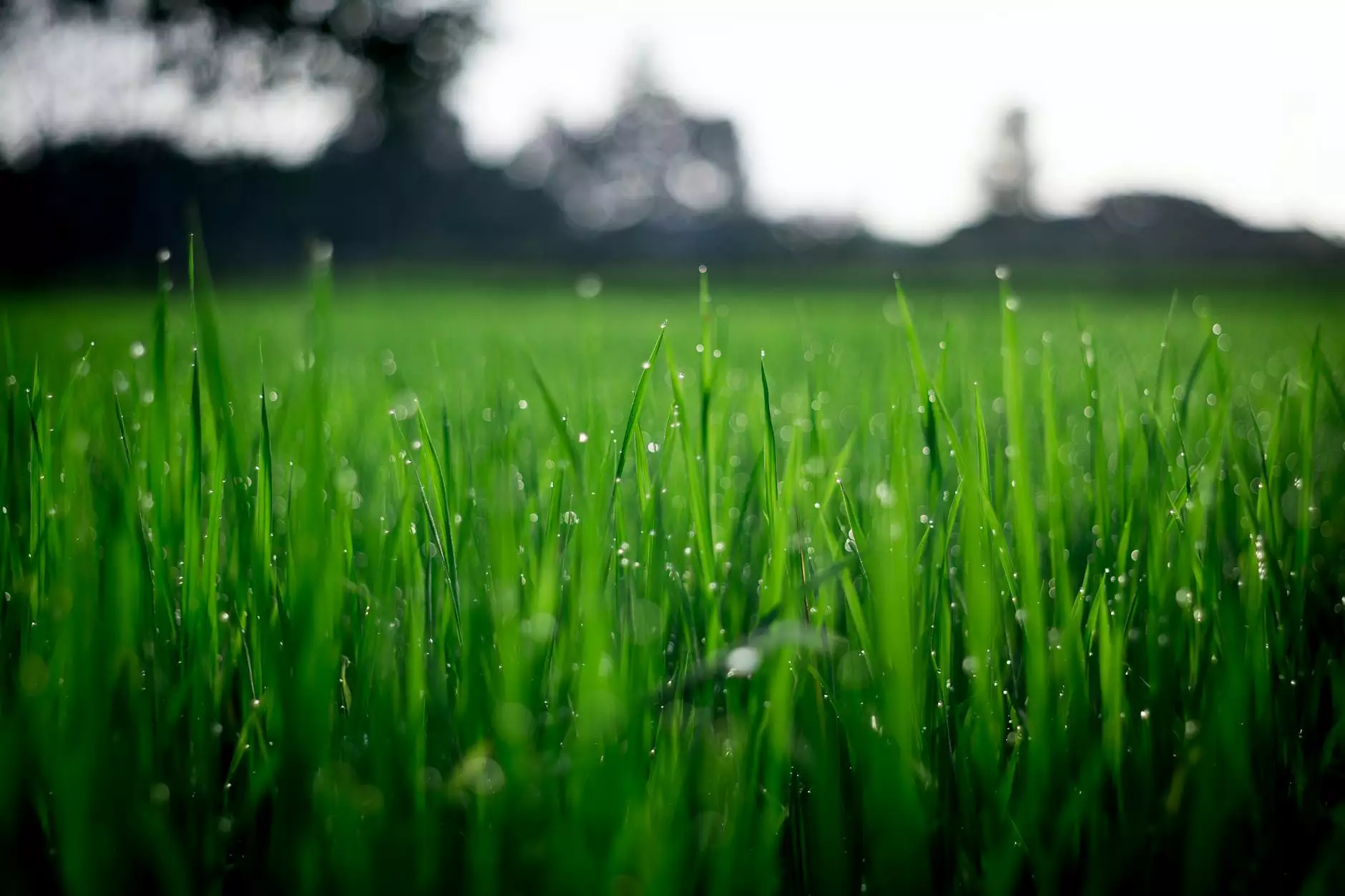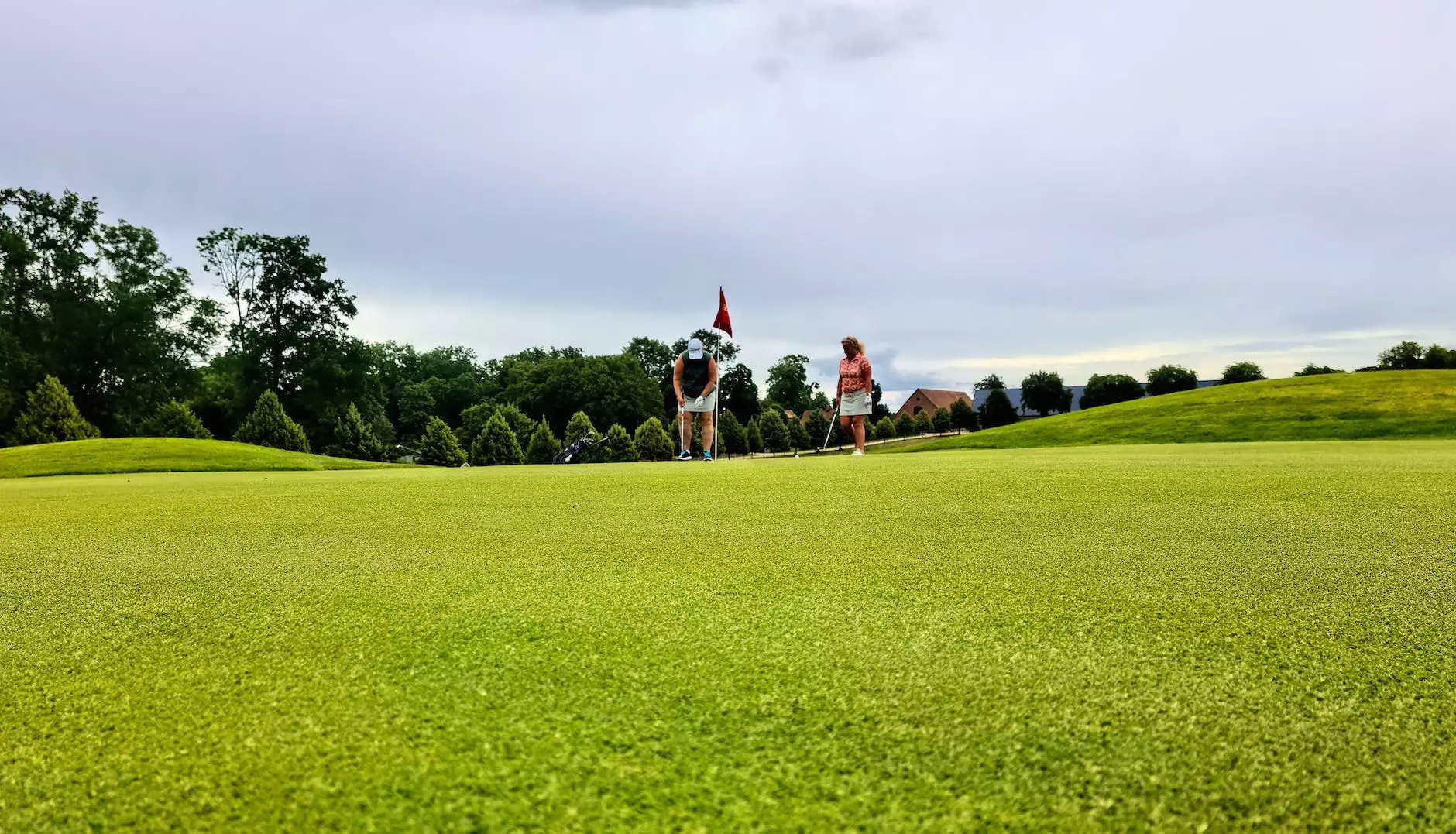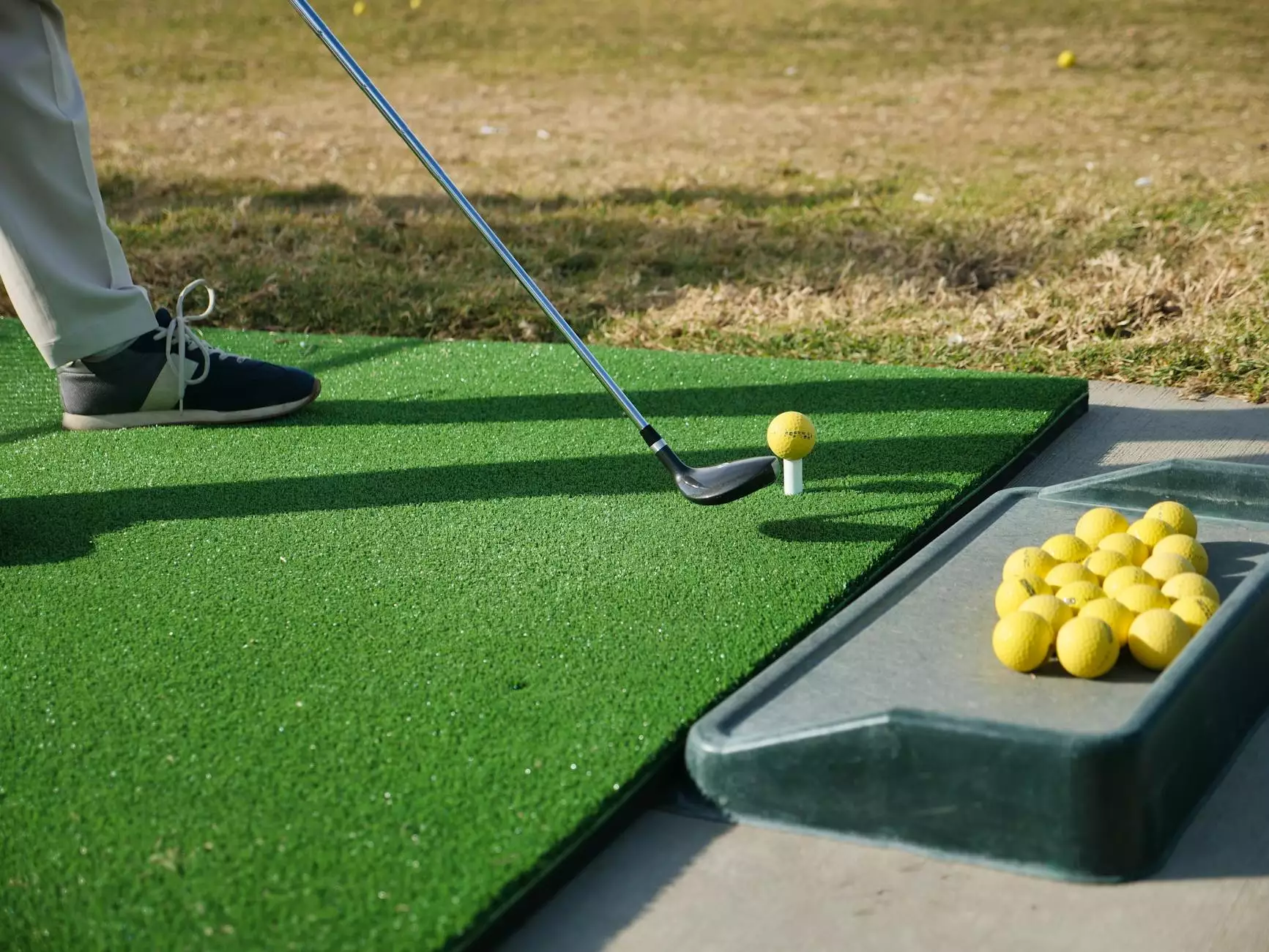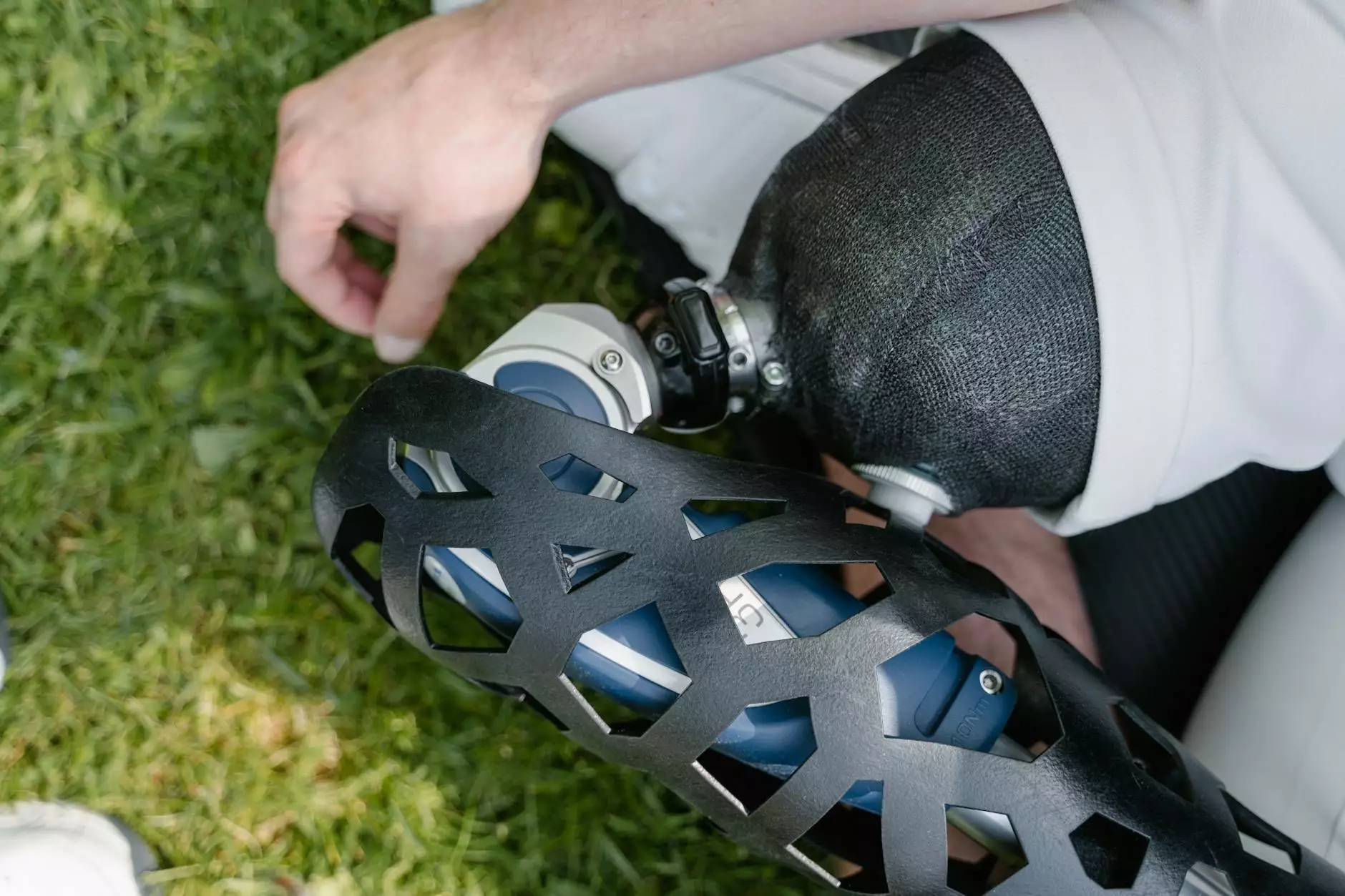Does ground have to be level for artificial grass?
Artificial Grass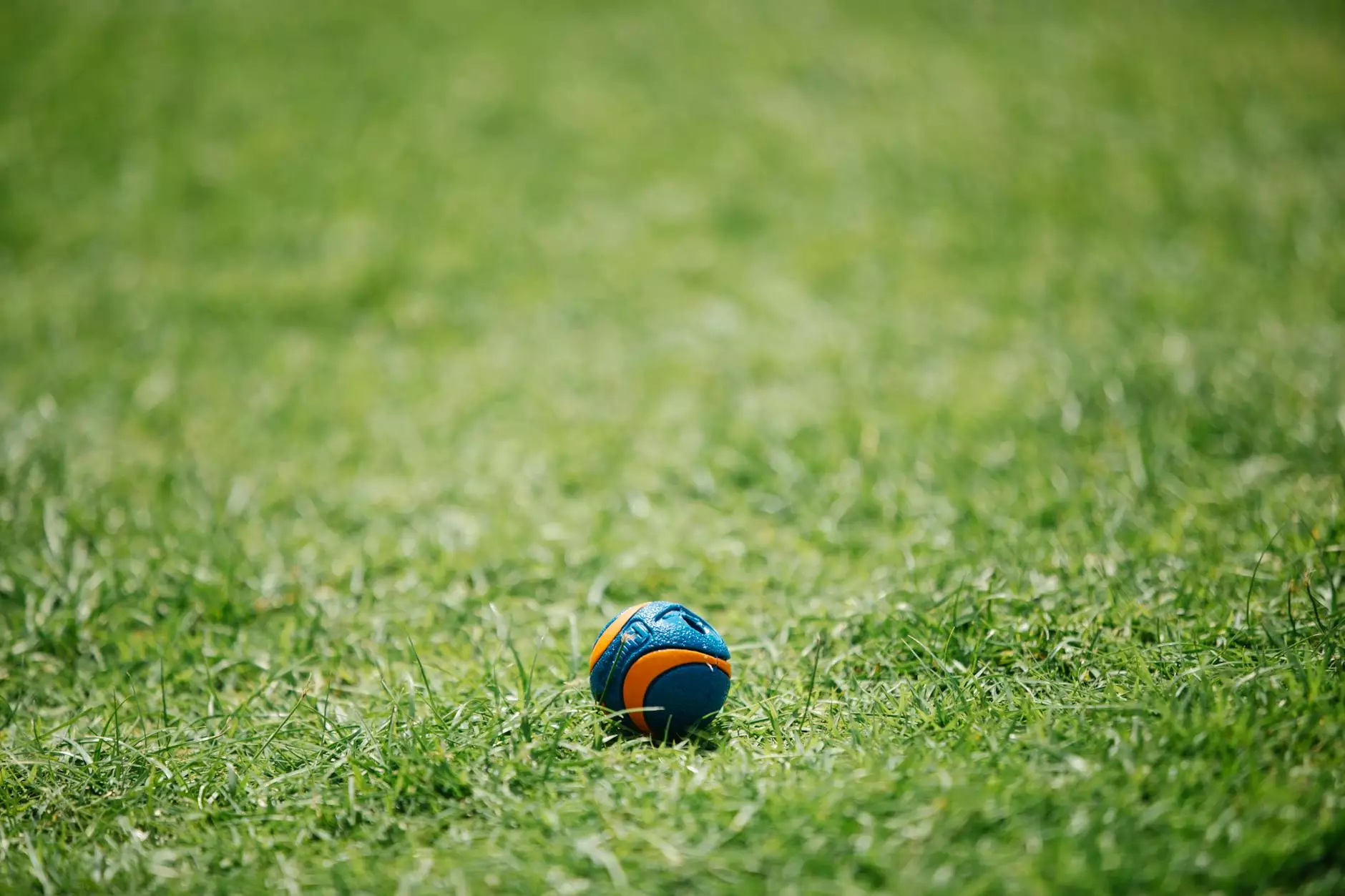
When it comes to installing artificial grass, one commonly asked question is whether the ground needs to be level. In short, the answer is yes. Achieving a flat and even surface is of utmost importance for a proper and long-lasting installation.
Advantages of Level Ground for Artificial Grass
A level ground provides several key benefits for artificial grass:
- Smooth Appearance: An even surface ensures that your artificial grass maintains a visually appealing and professional look. It eliminates uneven patches and enhances the overall aesthetic of your lawn or sports field.
- Improved Drainage: Leveling the ground allows proper water drainage, preventing any pooling or water accumulation that could lead to damage or rotting of the artificial turf.
- Optimal Performance: Leveling ensures a uniform playing surface, minimizing tripping hazards and maintaining consistent ball rolls for sports activities. It also allows for proper infill distribution, ensuring ideal cushioning and support.
Steps to Level the Ground for Artificial Grass
Proper ground preparation is crucial for achieving a level foundation for your artificial grass installation. Follow these steps to ensure a successful project:
1. Clear and Excavate the Area
The first step involves clearing any existing vegetation, rocks, debris, or old turf. Once cleared, excavate the area to the desired depth, taking into consideration any required base material layers.
2. Compact the Soil
After excavation, compact the soil using a plate compactor or roller. This step helps eliminate any air pockets and provides stability to the ground.
3. Add and Level Base Materials
Next, add a suitable base material such as crushed rock or decomposed granite. Distribute it evenly across the area and use a rake or leveling board to achieve a consistent surface.
4. Compact the Base Materials
Use a compactor to firmly compact the base materials. This step further enhances the stability and levelness of the ground.
5. Install Perimeter Edging
Place perimeter edging along the edges of the installation area. This helps contain the artificial grass and prevents it from shifting or moving over time.
6. Install Weed Barrier
Before laying the artificial grass, it's essential to install a weed barrier to prevent unwanted plant growth. This further ensures a clean and maintenance-free lawn.
7. Lay the Artificial Grass
Now comes the exciting part! Roll out and lay the artificial grass carefully, ensuring it aligns with the desired orientation and direction. Trim any excess material as needed.
8. Secure and Trim the Turf
Once the grass is in position, secure it using galvanized nails or turf adhesive at regular intervals. Trim any uneven edges for a perfect fit.
9. Infill and Brush the Grass
Apply the recommended infill material evenly across the grass surface using a spreader. After infilling, use a power brush or broom to brush the grass fibers, helping them stand upright and achieve a natural appearance.
10. Perform Quality Checks
Lastly, conduct a thorough quality check of the entire installation. Inspect the seams, ensure proper drainage, and make any necessary adjustments or repairs.
Contact Metate Industrial Supply for Expert Advice
At Metate Industrial Supply, we understand the nuances of artificial grass installation. Our team of experts is ready to assist you throughout the process, providing valuable guidance and top-quality supplies for your project.
Whether you're a homeowner looking to transform your backyard or a professional contractor working on a sports field, we have the expertise and products to ensure a successful installation.
Reach out to us today and take the first step towards a beautiful, low-maintenance artificial grass solution!

